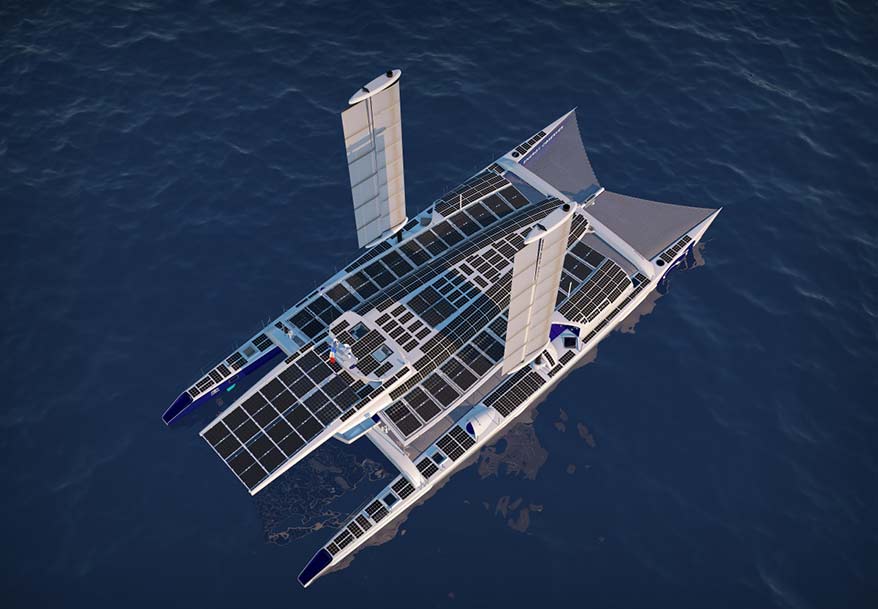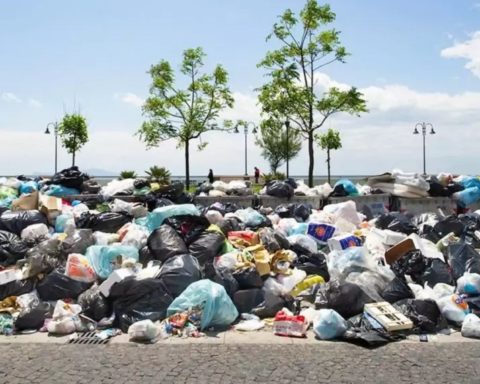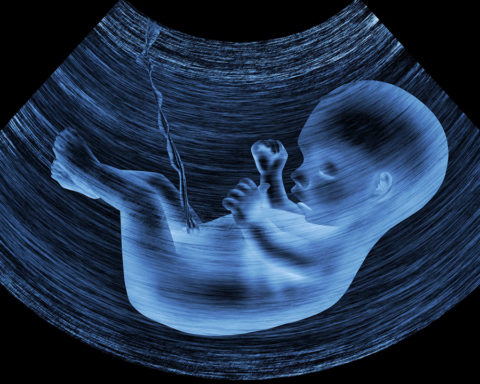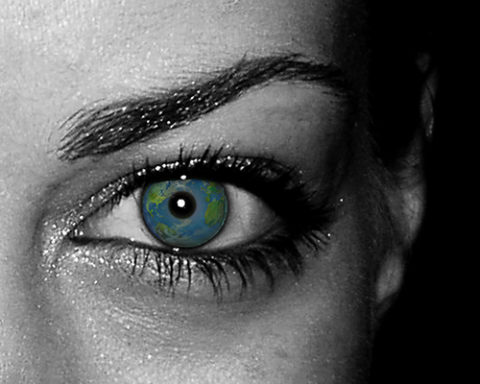LIRE DANS UP’ : Le plastique va devenir le marqueur fossile de l’Anthropocène
La mer Méditerranée en danger de mort

En quoi consistent les déchets marins ?
LIRE DANS UP’ : L’ONU déclare la guerre à l’océan de plastiques
Qu’en est-il des microparticules de plastique ?
Quels sont les principaux problèmes environnementaux soulevés par les déchets marins ?
Y a-t-il un impact établi des microplastiques provenant des déchets marins sur la santé humaine ?
Quels sont les principaux obstacles à la résolution du problème des déchets marins ?
Quelles sont les principales initiatives prises pour gérer les déchets plastiques et les déchets marins ?
LIRE DANS UP’ : Pour nettoyer mers et océans, nagez !
Quels sont les défis auxquels les pays en développement sont plus particulièrement confrontés pour faire face aux problèmes des déchets marins ?
- Exposition « Océan – Une plongée insolite » à la Grande Galerie de l’évolution, du 3 avril 2019 au 5 janvier 2020 : Tout au long du parcours, l’exposition développe un fil rouge sur les menaces que l’humain fait peser aujourd’hui sur l’océan, tout en présentant aussi les alternatives que le visiteur peut mettre en place à son échelle.
Quelque chose à ajouter ? Dites-le en commentaire.













[…] of plastic particle pollution is only getting worse. These microparticles are found everywhere: in the oceans in Antarctica, the air we breathein all of ours food chain, in our body. Researchers have just […]